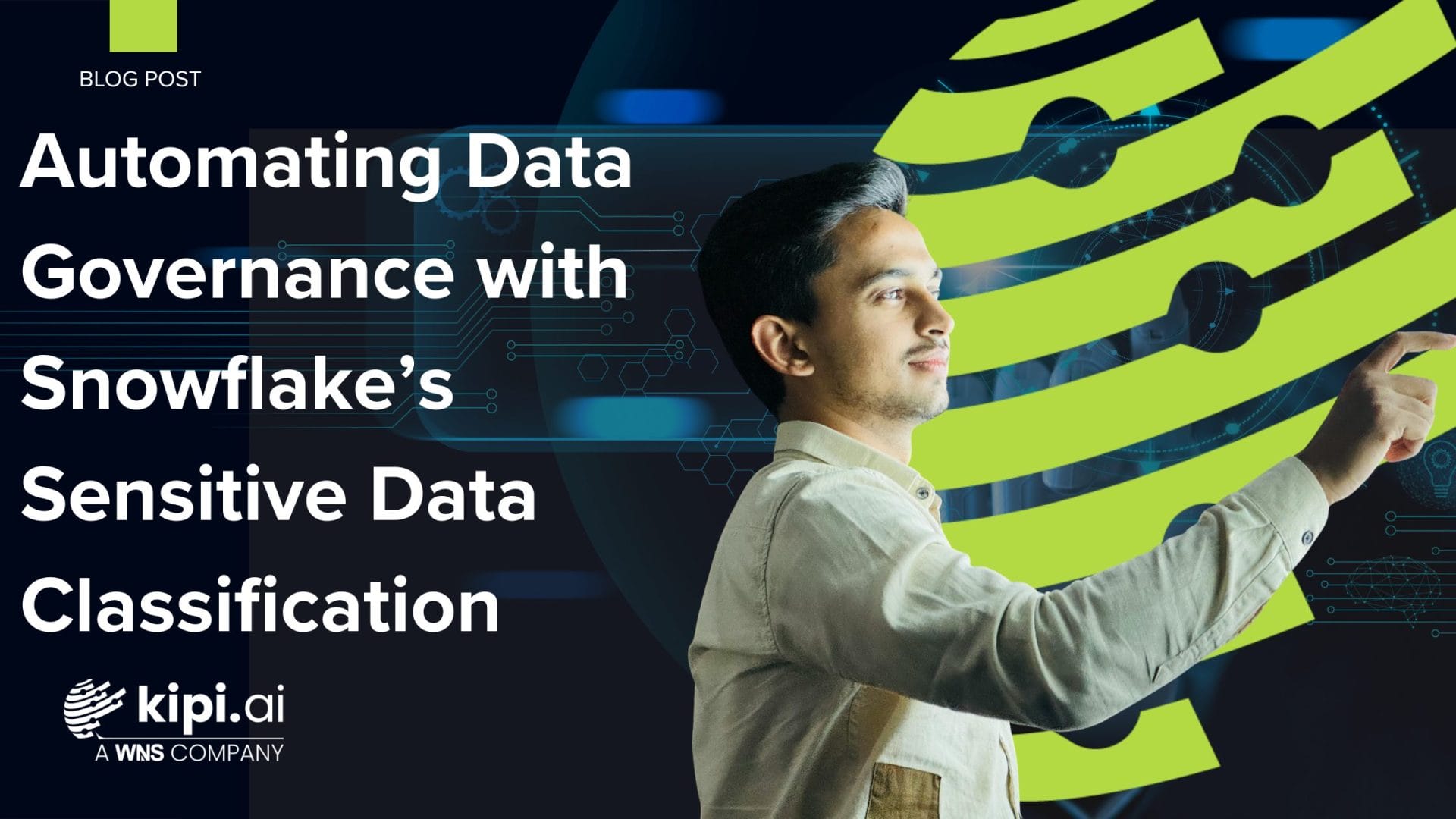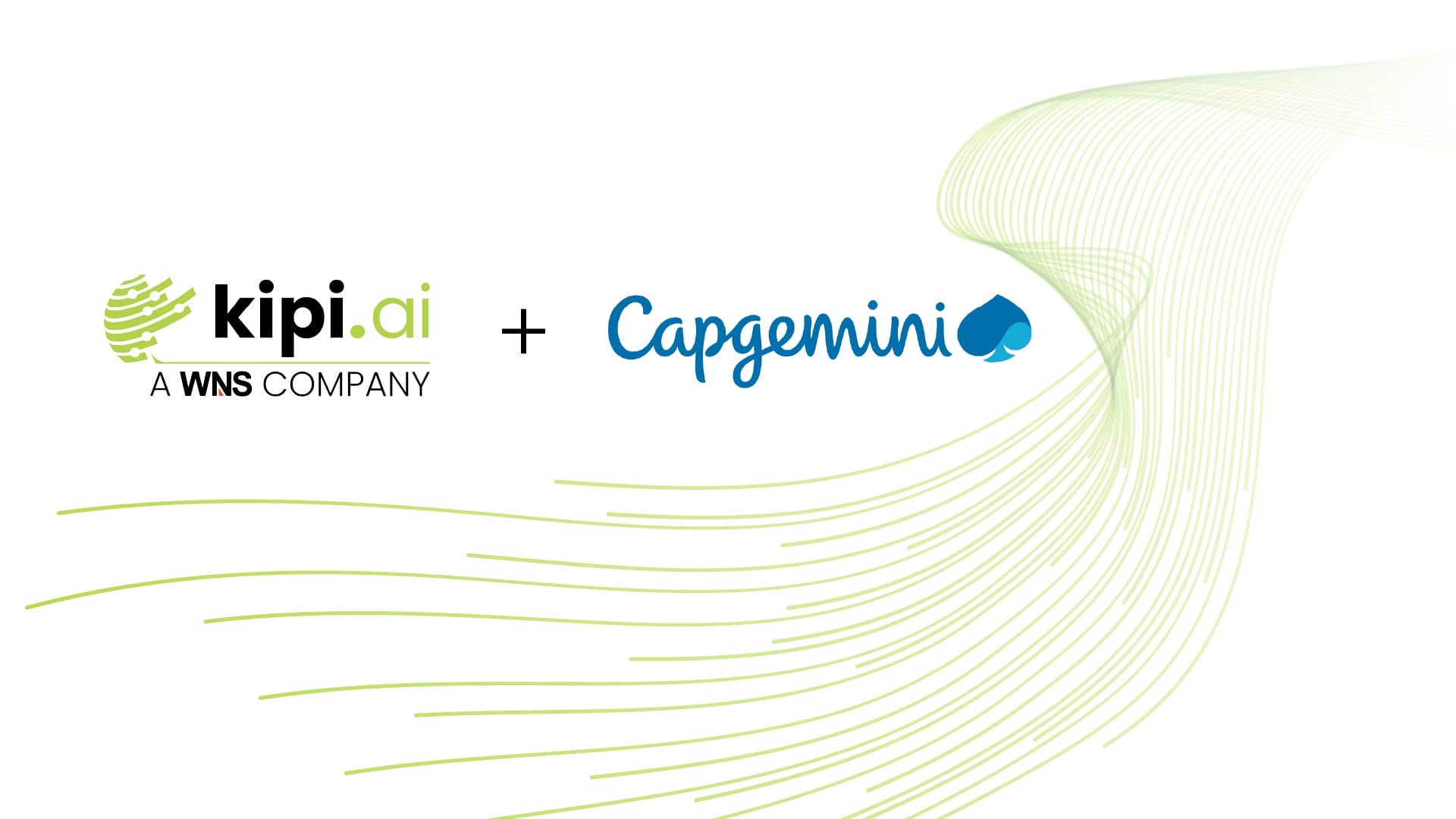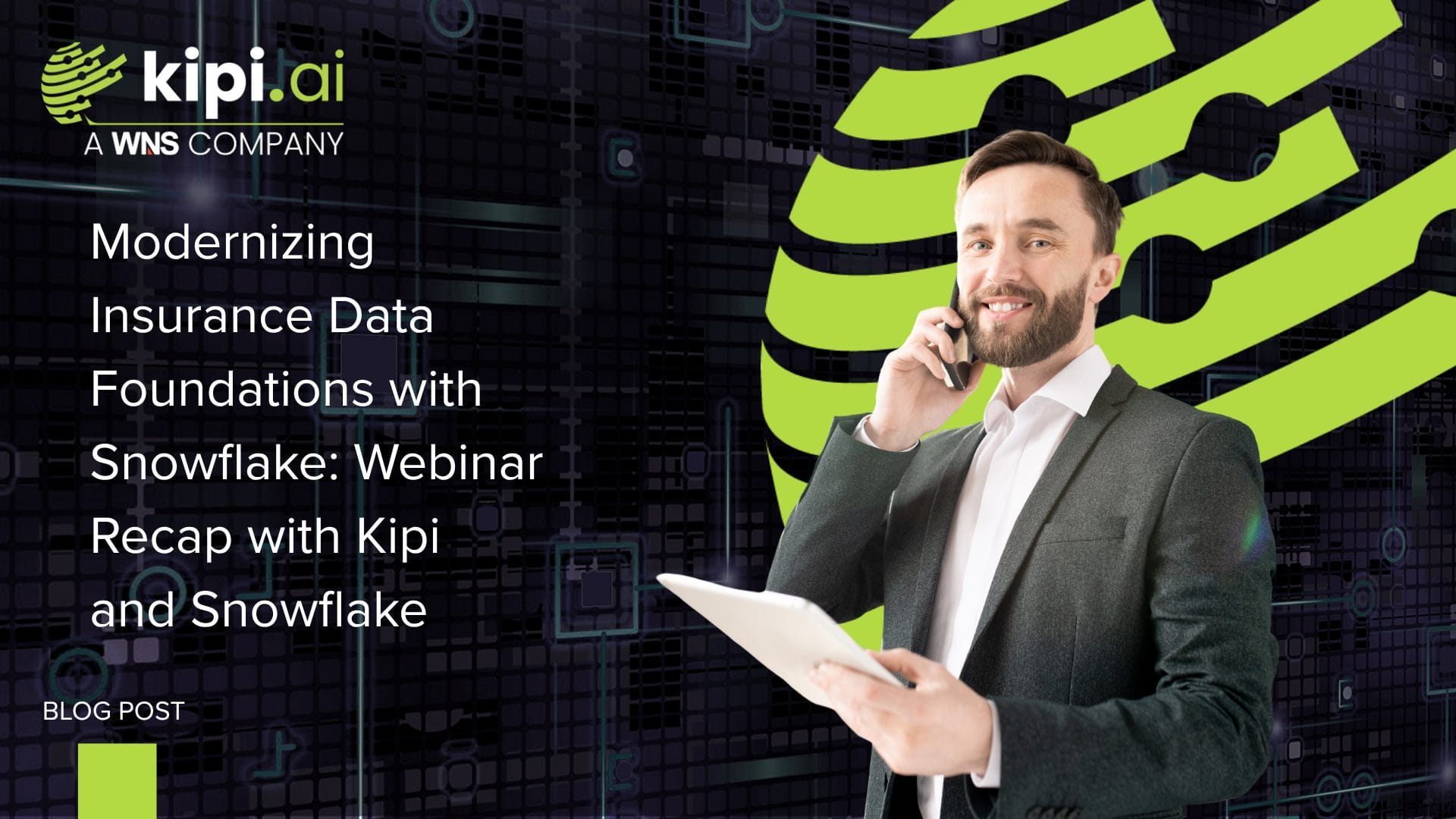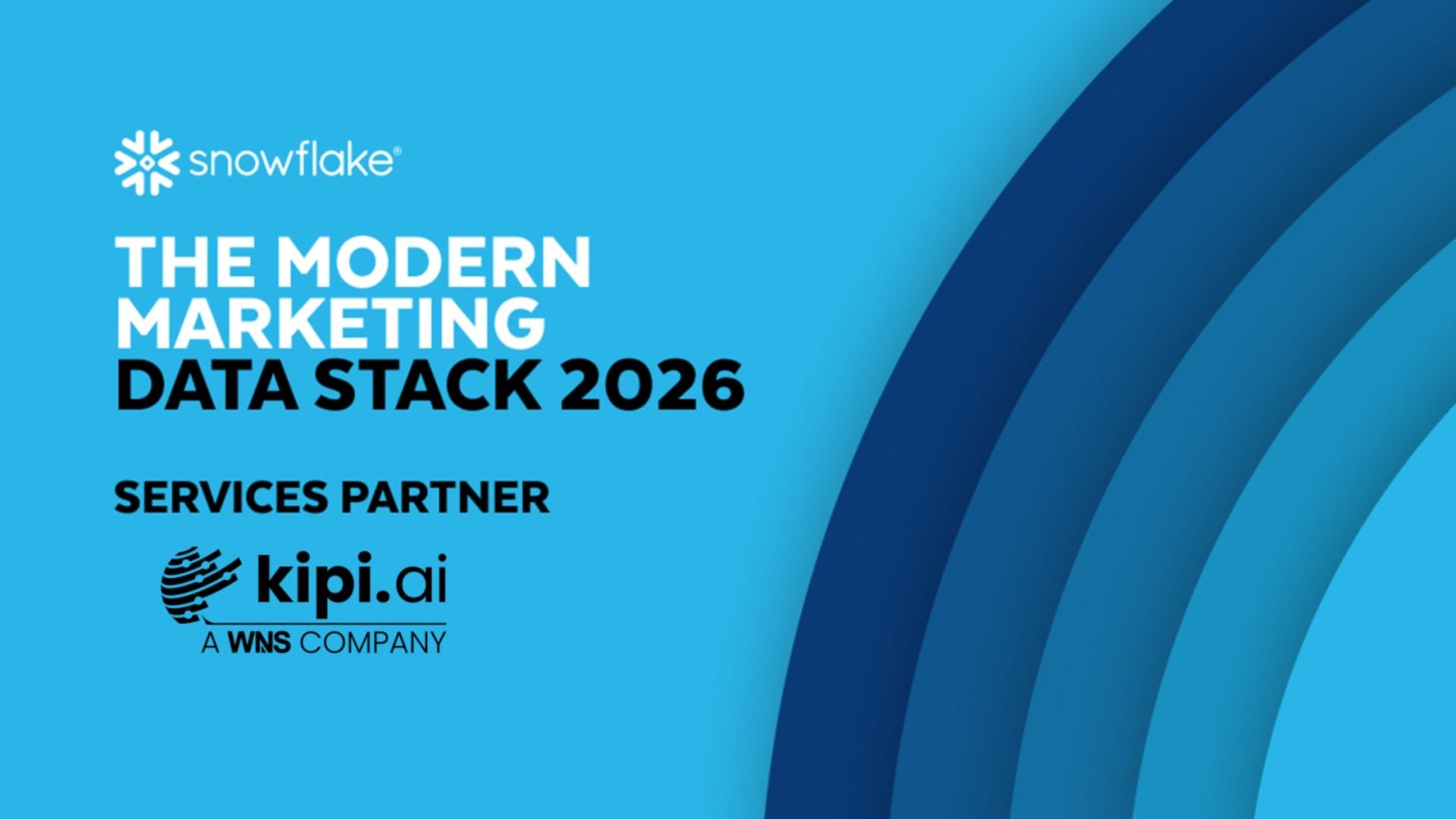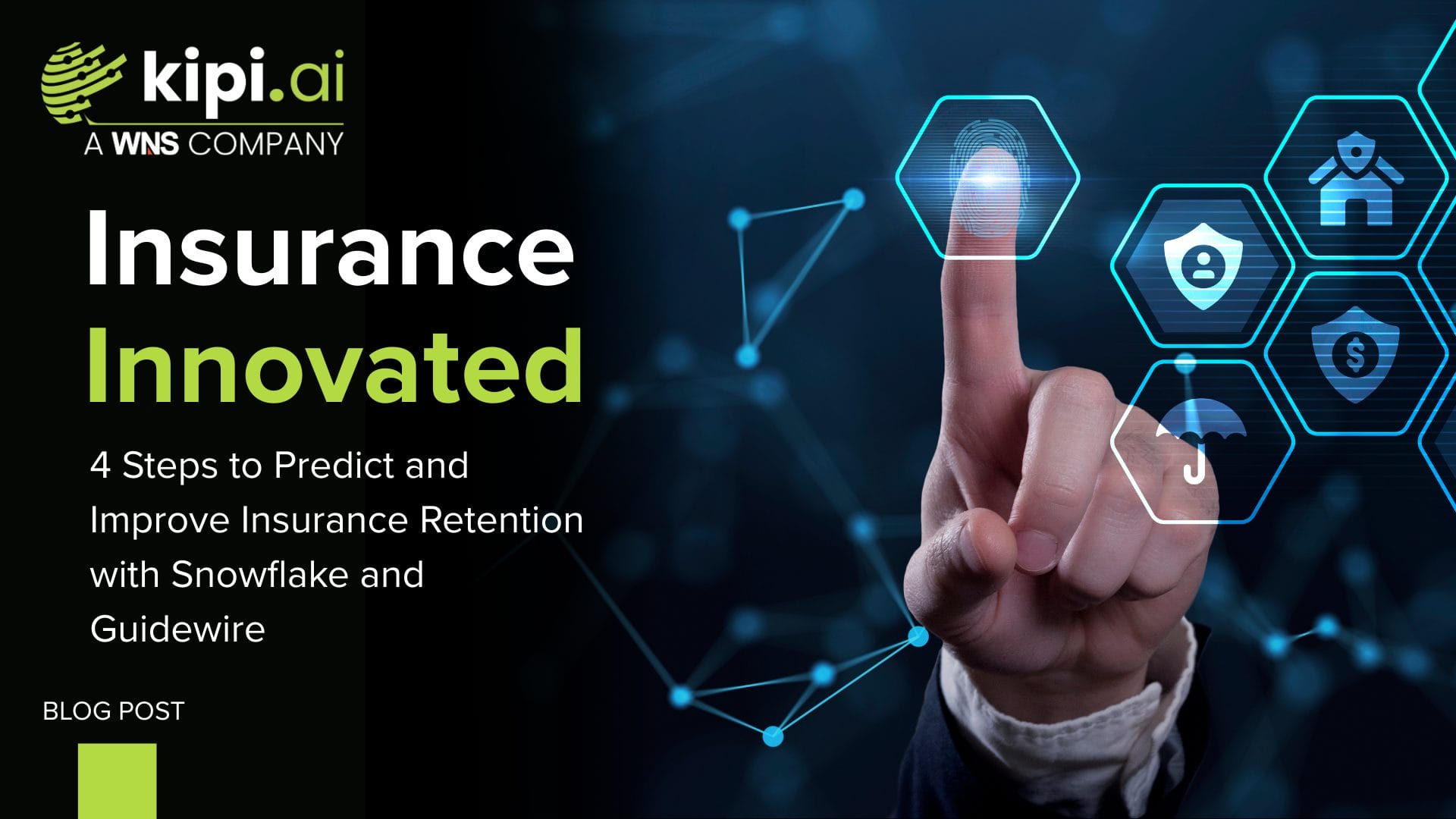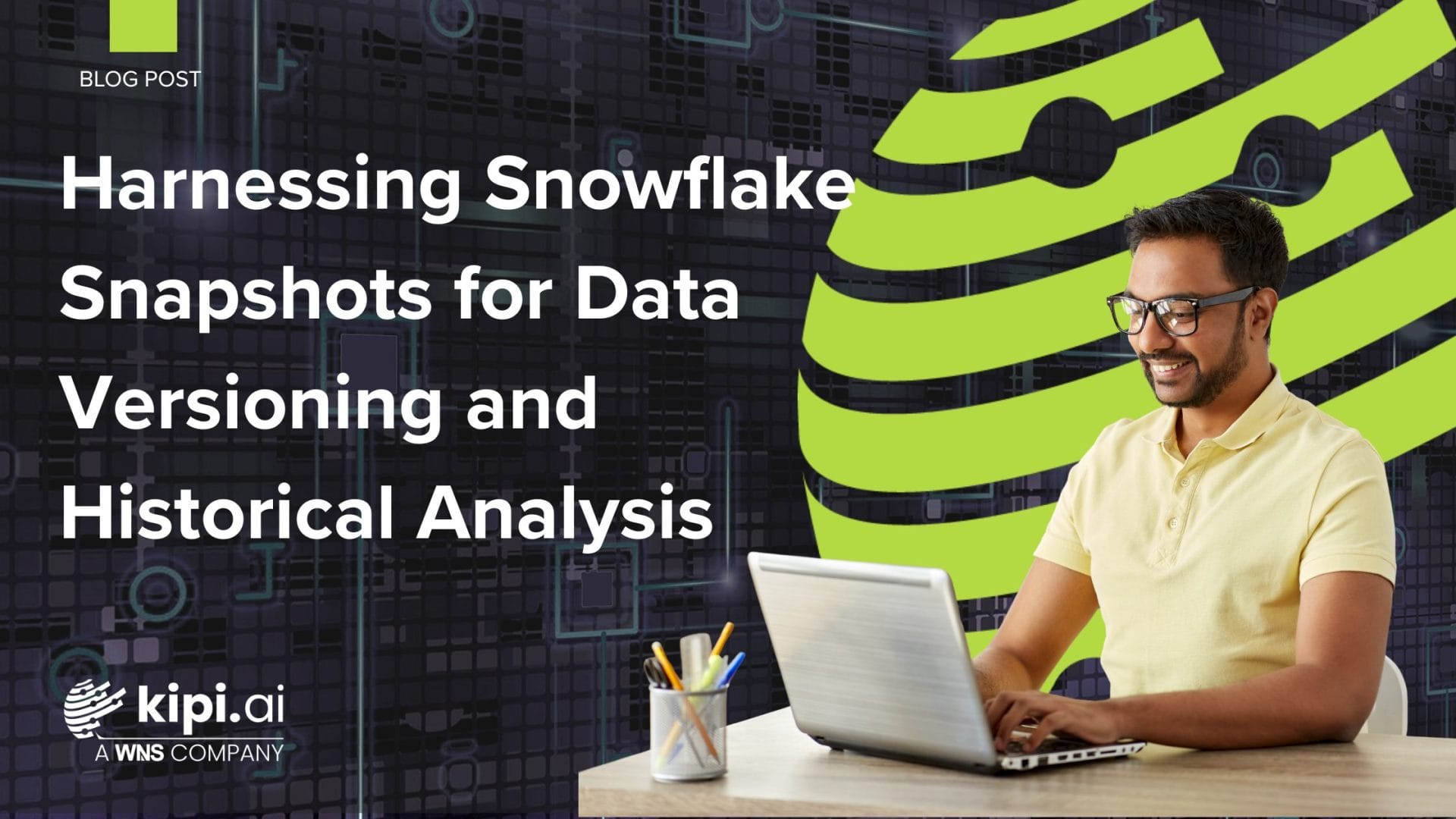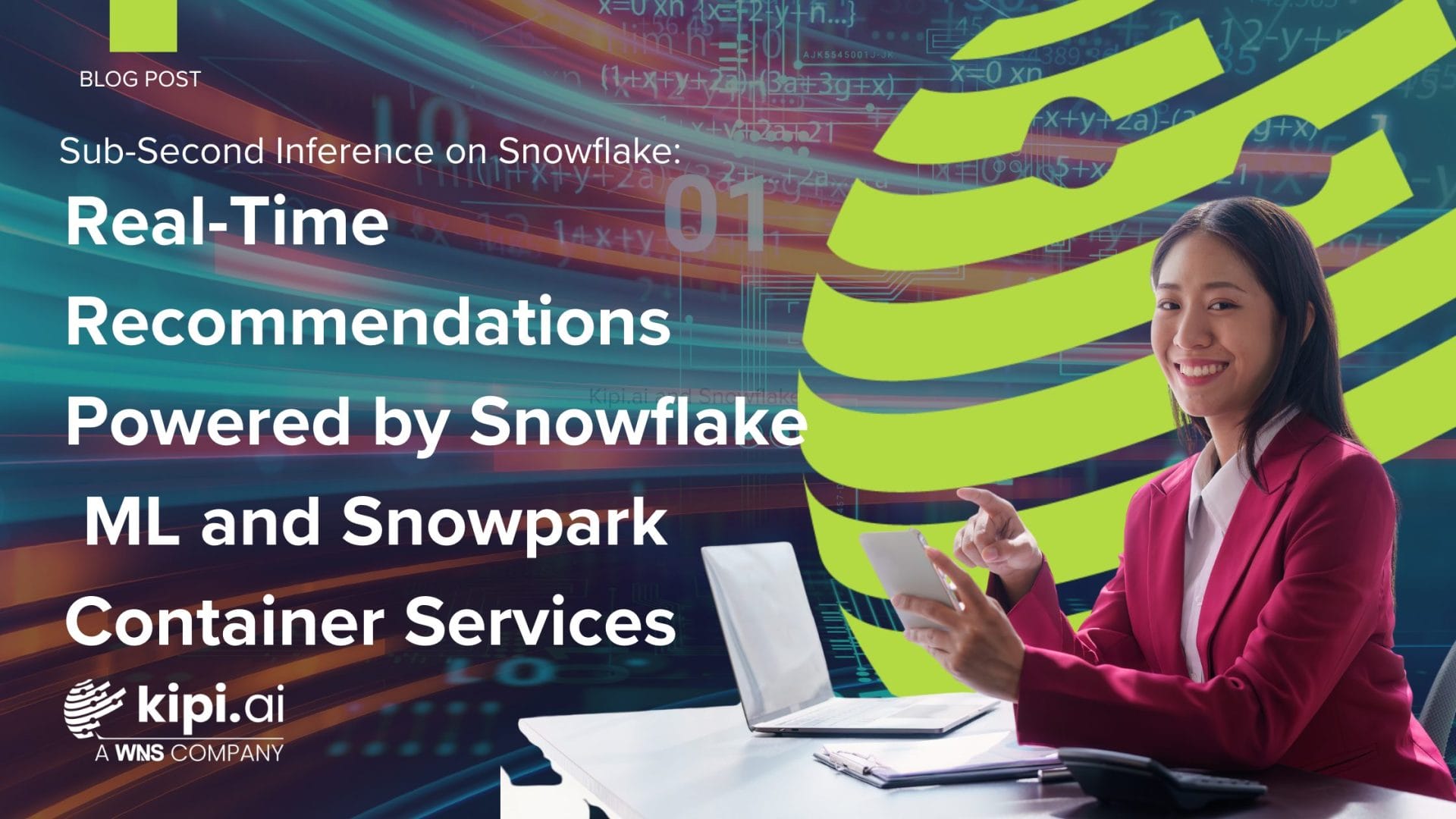By Rajiv Gupta
Introduction
In today’s world of data democratization, striking the balance between accessibility and privacy isn’t optional—it’s essential. Snowflake’s Sensitive Data Classification makes this easier by automating the detection and tagging of personal and sensitive data across your entire data landscape.
What Is Sensitive Data Classification?
Snowflake’s classification engine scans both column metadata and sample data to identify sensitive fields such as personally identifiable information (PII). It then applies system-defined tags that help enforce governance policies.
These tags are stored as key-value pairs, which can be queried, audited, and integrated with access controls, masking rules, and data-sharing workflows.
System Tags Applied

These tags are stored as key-value pairs and can be queried, audited, and used to drive access controls, masking policies, and data sharing decisions.
Demo: Classifying an Employee Table
Let’s see how this works in practice using SQL.
Step 1: Create a Sample Table

Step 2: Insert Sample Data

Step 3: Create a Classification Profile

Step 4: Apply the Classification Profile

This command triggers Snowflake’s classification engine to scan the table and apply system tags.
View Classification Results

Use Case: Dynamic Data Masking
Once tags are applied, you can create masking policies based on classification:

Strategic Takeaways
- Accelerator Potential: Embed classification into onboarding kits and governance playbooks.
- Compliance Ready: Supports GDPR, HIPAA, and India’s DPDP Bill with multi-country recognition.
- Auditability: Built-in views and functions provide transparency and enforcement.
Final Thoughts
Governance works best when it’s proactive, not reactive. Snowflake’s Sensitive Data Classification enables scalable, policy-driven data governance. Whether rolling out new processes or institutionalizing best practices, this feature should be at the forefront of your data strategy.
I hope this gave you valuable insights into automating data governance with Snowflake’s Sensitive Data Classification. For deeper details, check Snowflake’s documentation. Drop questions in the comments, clap if you enjoyed, and stay tuned for more.
About kipi.ai
Kipi.ai, a WNS Company, is a global leader in data modernization and democratization focused on the Snowflake platform. Headquartered in Houston, Texas, Kipi.ai enables enterprises to unlock the full value of their data through strategy, implementation and managed services across data engineering, AI-powered analytics and data science.
As a Snowflake Elite Partner, Kipi.ai has one of the world’s largest pools of Snowflake-certified talent—over 600 SnowPro certifications—and a portfolio of 250+ proprietary accelerators, applications and AI-driven solutions. These tools enable secure, scalable and actionable data insights across every level of the enterprise. Serving clients across banking and financial services, insurance, healthcare and life sciences, manufacturing, retail and CPG, and hi-tech and professional services, Kipi.ai combines deep domain excellence with AI innovation and human ingenuity to co-create smarter businesses. As a part of WNS, Kipi.ai brings global scale and execution strength to accelerate Snowflake-powered transformation world-wide.
For more information, visit www.kipi.ai.
